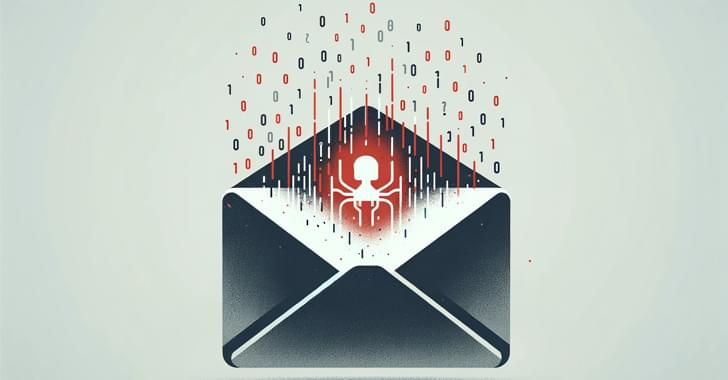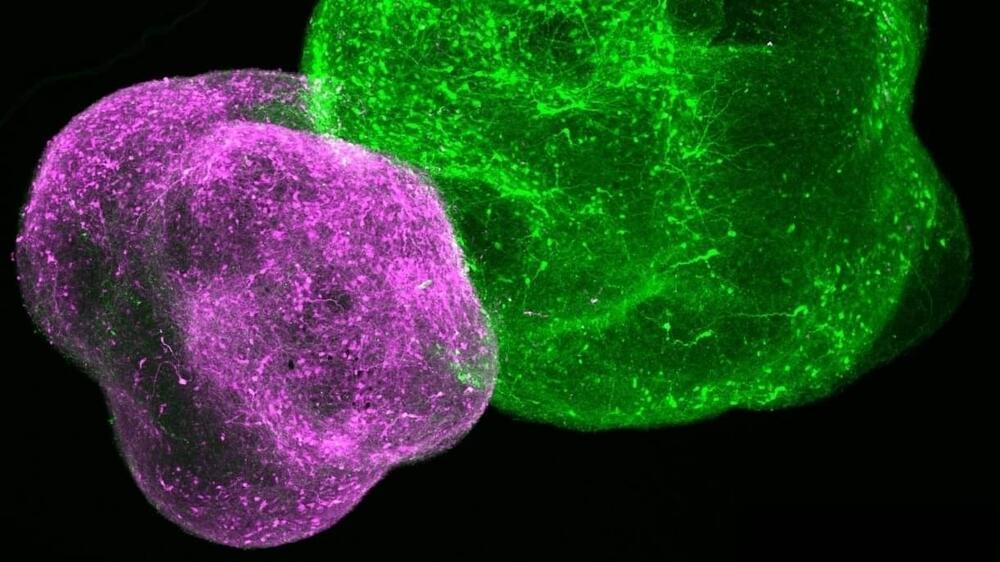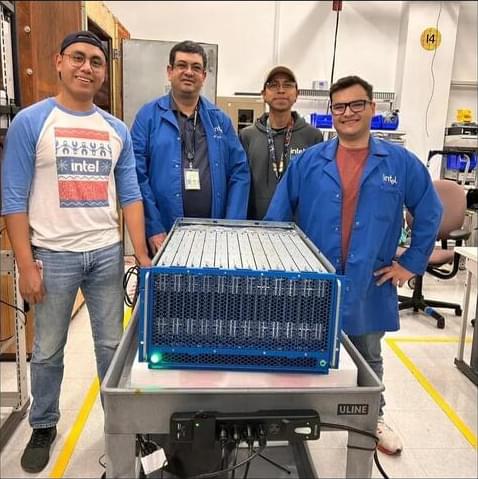May 6, 2024
Quantum Leap: How a New Experiment Could Solve Gravity’s Biggest Mystery
Posted by Saúl Morales Rodriguéz in categories: particle physics, quantum physics
A proposed experiment shows that quantum entanglement is not the only way to test whether gravity has a quantum nature.
Gravity is part of our everyday life. Still, the gravitational force remains mysterious: to this day we do not understand whether its ultimate nature is geometrical, as Einstein envisaged, or governed by the laws of quantum mechanics. Until now, all experimental proposals to answer this question have relied on creating the quantum phenomenon of entanglement between heavy, macroscopic masses. But the heavier an object is, the more it tends to shed its quantum features and become ‘classical’, making it incredibly challenging to make a heavy mass behave as a quantum particle. In a study published in Physical Review X, researchers from Amsterdam and Ulm propose an experiment that circumvents these issues.
Classical or Quantum?


















